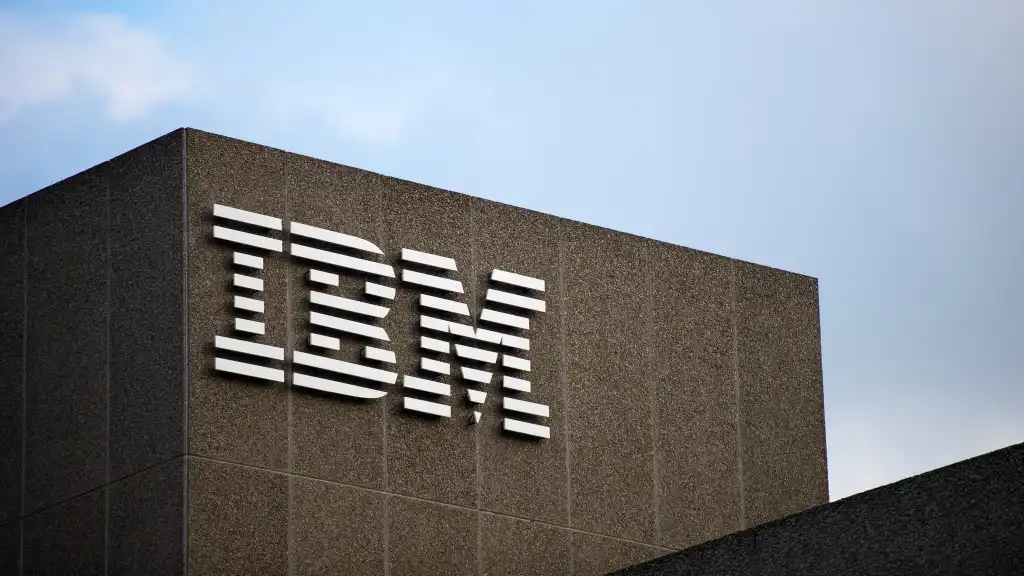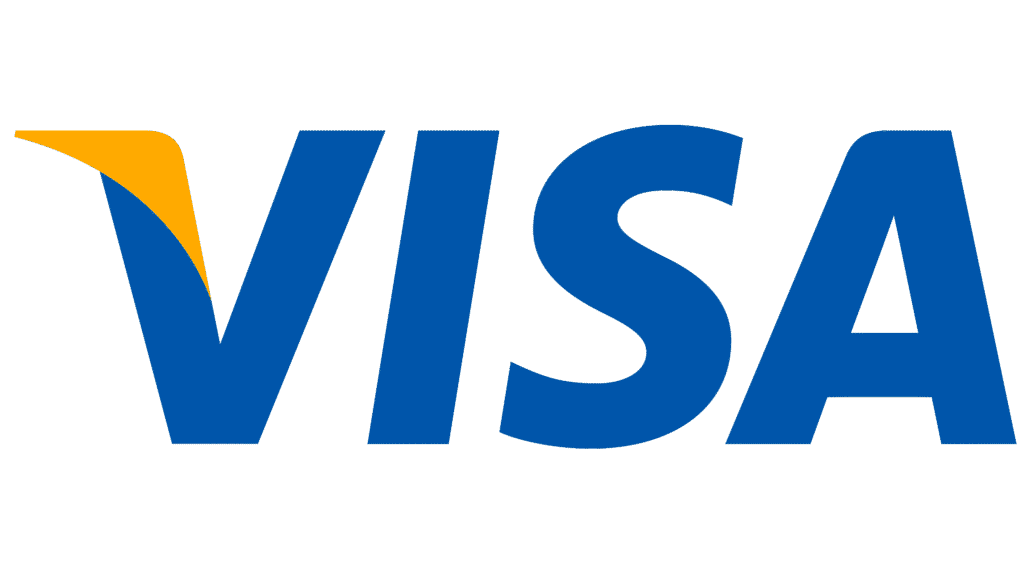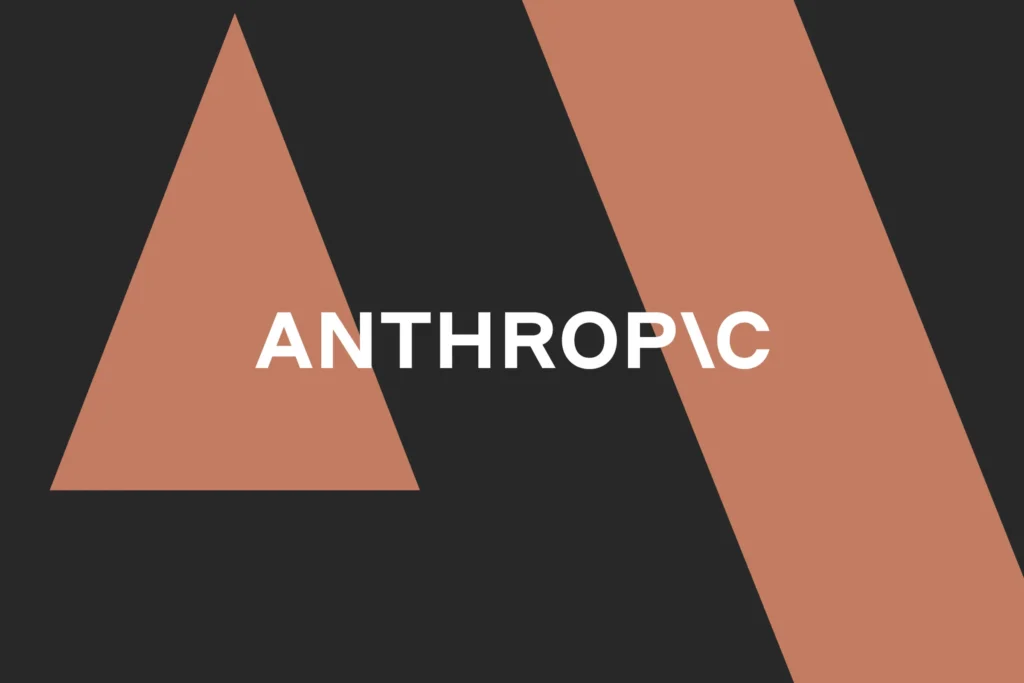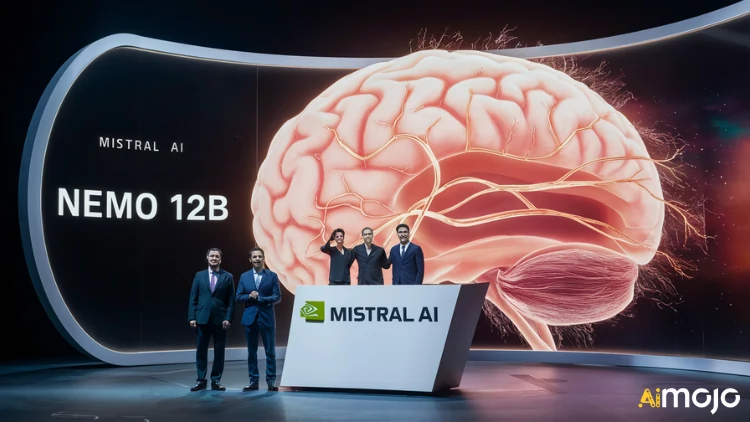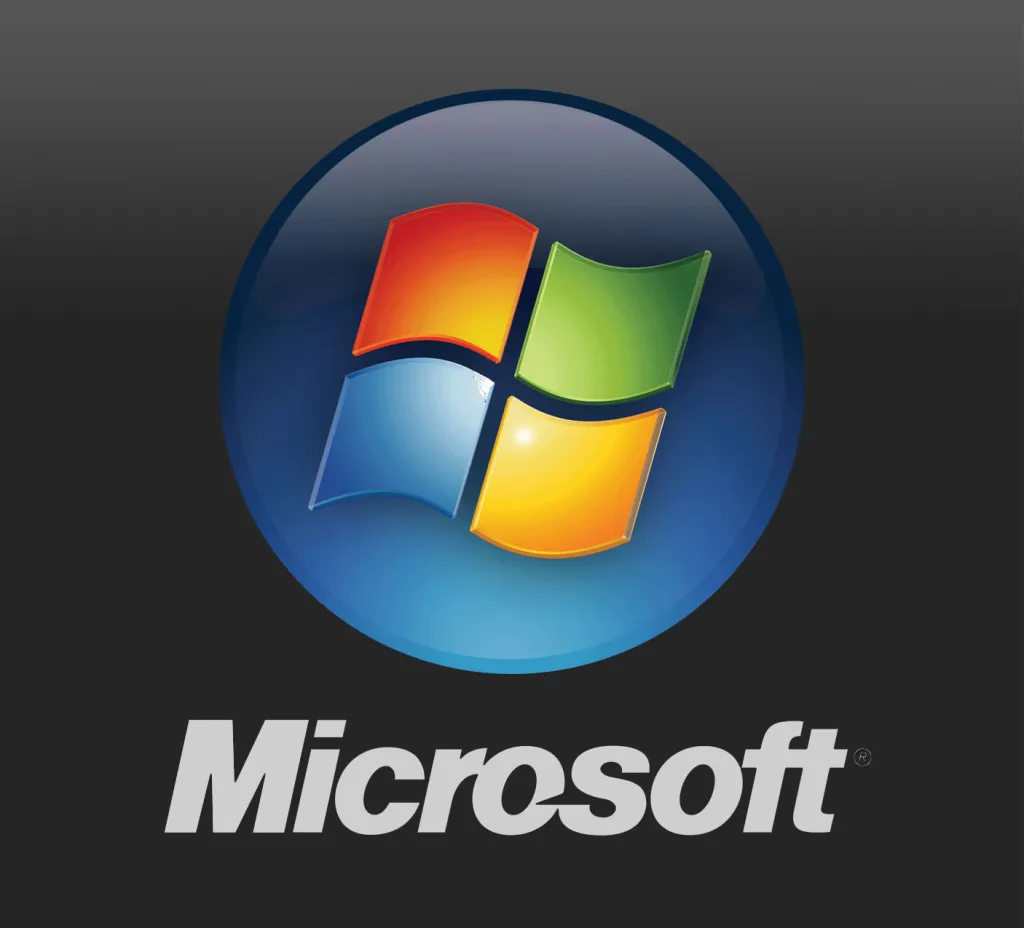OpenAI has unveiled a new capability that allows ChatGPT to tap directly into enterprise data, effectively transforming it from a general-purpose assistant into a bespoke corporate analyst. The move marks OpenAI’s biggest step yet toward embedding generative AI into the daily workflows of modern businesses.
From General Assistant to Enterprise Analyst
For years, business leaders have seen the potential of AI limited by one major obstacle—data access. Even the most advanced models couldn’t deliver useful insights without knowing a company’s internal context. That information often lives across dozens of tools: Slack, SharePoint, Google Drive, project trackers, emails, and countless other silos.
By integrating ChatGPT with these enterprise sources, OpenAI aims to centralize that scattered knowledge and make it searchable, actionable, and secure. In doing so, the company positions itself directly against Microsoft’s Copilot, Google’s Vertex AI, Salesforce’s Agentforce, and AWS Bedrock—each racing to bridge the same gap between data and intelligence.
Integrating with the Apps That Run Business
The enhanced ChatGPT can now connect to popular apps like Slack, SharePoint, Google Drive, and GitHub. Powered by a tuned version of GPT-5, the system checks multiple data sources before producing an answer and clearly cites where each piece of information came from.
This capability shifts ChatGPT’s role from text generation to true enterprise analysis. Imagine a manager preparing for a client meeting: with one prompt, ChatGPT could summarize Slack conversations, call notes in Google Docs, and support tickets from Intercom to create a unified briefing.
It can even surface points of disagreement or incomplete decisions by analyzing discussions and project data, helping leaders spot gaps that might otherwise be overlooked.
Streamlining Team Workflows
The potential use cases extend across departments:
- Strategy: Combine customer feedback from Slack, survey results in Google Sheets, and support tickets to shape future roadmaps.
- Reporting: Build campaign summaries from HubSpot data, internal briefs, and relevant emails.
- Planning: Help engineering teams prioritize releases by cross-referencing GitHub issues, Linear tickets, and bug reports shared in Slack.
By automating this kind of synthesis, ChatGPT becomes less of a writing tool and more of a collaborative analyst.
Privacy, Permissions, and Governance
Naturally, this level of access raises questions around data security. OpenAI says it has built enterprise-grade controls into the system. ChatGPT only accesses information a user is already authorized to see—respecting existing company permissions across platforms.
Administrators can manage which apps connect, assign roles, and restrict data sharing. OpenAI also emphasizes that it does not train on customer data by default. Security features like encryption, SSO, SCIM, IP whitelisting, and a Compliance API for activity logs are included to satisfy enterprise governance requirements.
However, the system isn’t flawless. Users still have to enable the “company knowledge” feature manually, and when it’s active, ChatGPT can’t simultaneously browse the web or create visualizations. OpenAI has acknowledged these trade-offs and says improvements are in progress.
Competing in the Enterprise AI Ecosystem
The success of this update will largely depend on how broad the integration ecosystem becomes. At launch, it supports key productivity tools, with more connectors—like Asana, GitLab Issues, and ClickUp—on the way. This mirrors the strategies of IBM’s watsonx and SAP’s Joule, which also focus on connecting AI models to business data systems.
For companies exploring enterprise AI, this new capability represents both opportunity and responsibility. Before adopting it, leaders should:
- Audit permissions: Ensure access rights in tools like SharePoint and Drive are correct—ChatGPT will expose weak spots in data governance.
- Pilot use cases: Start with workflows slowed by fragmented data, like client prep or cross-department reporting.
- Set expectations: Make teams aware of current limitations and plan for gradual rollout.
- Evaluate integrations: Compare OpenAI’s offering with alternatives from Microsoft, Google, and Salesforce to see which ecosystem best fits your data infrastructure.
The Next Phase of AI in the Workplace
By embedding ChatGPT into the data fabric of companies, OpenAI is moving closer to solving one of enterprise AI’s biggest challenges: connecting intelligence to where work actually happens.
It’s a promising leap forward—but also a reminder that the effectiveness of AI will depend less on model power and more on how well organizations structure, secure, and manage their data.
In the new era of generative AI, the smartest companies won’t just deploy these tools—they’ll organize their knowledge so AI can finally put it to work.

